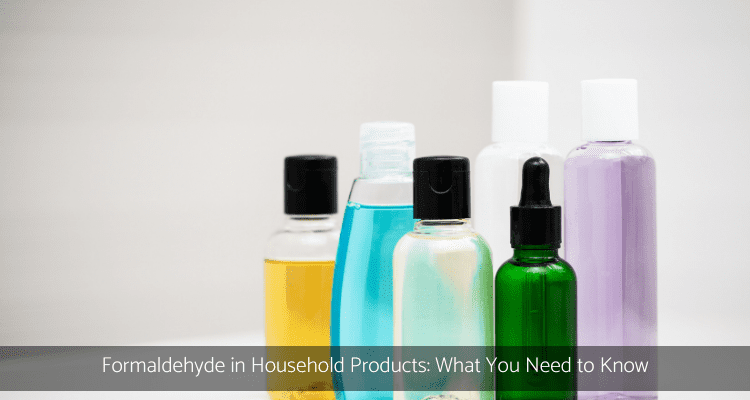Johnson & Johnson has revealed it will be removing conjugated aldehydes from all its products, acting on a promise that it made two years before. The company also said its next goal is to make its products paraben-free.
In case you didn’t know, formaldehyde is the substance that has been used for decades to embalm dead bodies in order to preserve them. It is also found in more complex variations as a preservative ingredient in a number of consumer products.
Part of the issue with formaldehyde is that it comes in various forms and is quite unstable. When dissolved in water, it is known as formalin, which is the type of formaldehyde used in mortuaries. When three formaldehyde molecules are combined, it is called metaformaldehyde, and is used in industrial chemicals as a preservation agent. On its own, formaldehyde is a highly unstable gas and develops into safer compounds when it comes into contact with the atmosphere.
Formaldehyde is formed naturally in the environment. When methane gas, which is formed from the decomposition of organic material or expulsion of intestinal gas by grazing animals like cattle, reacts with sunlight in the higher levels of the atmosphere, it produces formaldehyde. As the formaldehyde descends to the lower atmosphere, it reacts with other chemical gases, and contributes to the formation of smog in the air.
However, formaldehyde can be quite dangerous for humans, particularly children because of their smaller weight. Wood alcohol, or methanol as it is also called, is highly toxic and can kill people when ingested. In the Prohibition era, when alcohol was banned by the authorities and people started creating their own, some accidentally ended up drinking methanol instead of ethanol, and over 10,000 people died each year from methanol poisoning. The component that makes methanol poisonous is the product it is broken down into in the body – formaldehyde.
With the continued use of formaldehyde in tiny doses in commercial products, there are two major concerns relating to the possibility of its carcinogenic and teratogenic effects – in other words, its ability to cause cancer and birth defects. But neither of these outcomes can be scientifically tested in humans, and as such, the dose level at which formaldehyde starts to have harmful effects can’t be determined. Formaldehyde’s possible teratogenic effects may be similar to how the effects of radiation work. With radiation, the amount of exposure that results in death of the fetus is lower than the amount that may lead to birth defects.
There are also many other bioactive chemicals to watch out for apart from formaldehyde. They are mostly found in cleaning products but other common products can contain them as well. These include urethane foam in houses and furniture, as well as BPA in toys, baby bottles and other plastic products, which we need to be careful about since children often place them in their mouths. Another thing to be cautious of is the presence of mercury in sea food, particularly fatty fish and bottom feeders. While this may not be an issue for children if the fish is eaten weekly, it may be if it is eaten on a daily basis.






I recently found out I have some allergies
Formaldehyde or formaldehyde releasers Bronopol imidazolidinyl quatermium 15 DMDM Hydantion iodopropynyl butylcarbamate hydroquinone P-phenylenediamine oleamidopropyl dimethylamine and lavender. I am so overwhelmed to think this list could increase.
Is there a place we’re I can get list of products that will be free of all of these things in there. I am willing to bet the list for safe products is short. So in short can you advice me or lead me in the right direction?